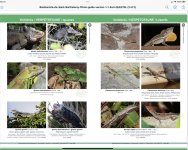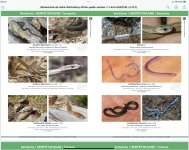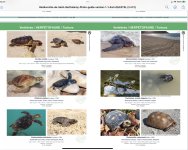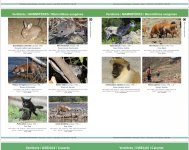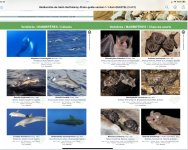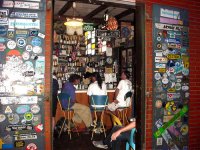JEK
Senior Insider
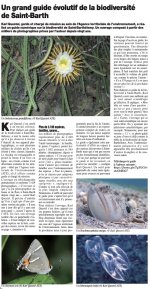
A great guide to biodiversity
from Saint-Barth
Karl Questel, guard and project manager in the Territorial Environment Agency, re-read a digital guide on the biodiversity of Saint-Barthélemy. A work composed from thousands of photographs taken by the author for twenty years.
A selenicereus grandiflorus. (© Karl Questel Ate)
To designate the unknown, in short. On the access to the guide page, visitors can find a questionnaire. An approach of the simplest to undertake and which will allow them, if they wish, to be warned in time and in the hours of future updates of the work. This can be downloaded to a computer but also from a smart-phone. However, you have to be ready to welcome the volume of the guide because, as the author specifies: "There are 574 pages and there will be even more during the next version! »»
To develop this guide to bio-diversity in Saint-Barth, Karl Questel has followed a method that aims to be as scientific as it is an effective. He explains: "My idea came from a question: what would I have liked to have on hand when I was a kid? With the ranking, etc. » Admittedly, the work that aims to be a scientific tool is still perfectible. By adding characteristic details, for example. Nevertheless, for a "1.1" version, this photo-guide already arises like the bible of the biodiversity of Saint-Barthélemy. With the enthusiasting perspective of seeing other gospels and holy nounters appear very soon.
Download the guide
At the following address:link
Karl Questel got down to colossal work. To make his guide to biodiversity in Saint-Bar-Thélemy, at the very least that he has observed through the objective of his philosographic apparatus, it is several thousand shots that they have echéed To sort, classify, legend. The result is remarkable and takes the form of an online book- an e-book, as it is now custom to designate them- edited by the Territory Environment Agency (ATE), where it officiates as guard and project manager. The book can be downloaded for free and contains 3,429 photographs. "That’s all I’ve been able to photograph from Fauna and Flore in Saint-Barth for twenty years,” smiles Karl Questel. He immediately specifies that this is only a first version of the guide. "It will be updated as soon as there is a novelty," says the ATE agent. In fact, his work seems to be perpetual evoking. "You have to integrate new species on the list, corporate of errors, review layouts," he lists.
More than 2,100 species, families, genres ...
The thousands of photographs represent more than 2,100 illustrated taxa (that is to say the taxonomic unit: the family, the genus, the species), among the-which 1,602 animals and 545 plants, mushrooms, algae and other species . "It is a kind of little guide for which you have to have the eye," slides the author who continues to fight with the order of species. "For plants, I classified them by physical categories and by visual characteristics, with sub-categories," he explains. As if all of this was the most clear simplicity. Nevertheless, it is enough to browse the guide to realize that it is relatively easy to promise its curiosity.
To carry out the work, Karl Questel therefore relied on his own files, which he had previously gathered on a blog now closed to online visors, but also on those of the Territorial Environment Agency. Thus, in the next
Grammy for the end of the year, he intends to carry out a complete regroup of all this data. This augurs for long hours spent behind its computer screen.
The guide also has this outset of providing space to species discovered in Saint-Barth but which have not yet been formally identified. "If one day someone travels the guide and recognizes them, we can identify them," said Karl Questel. A tool to learn from the known but also to advance by reaching


